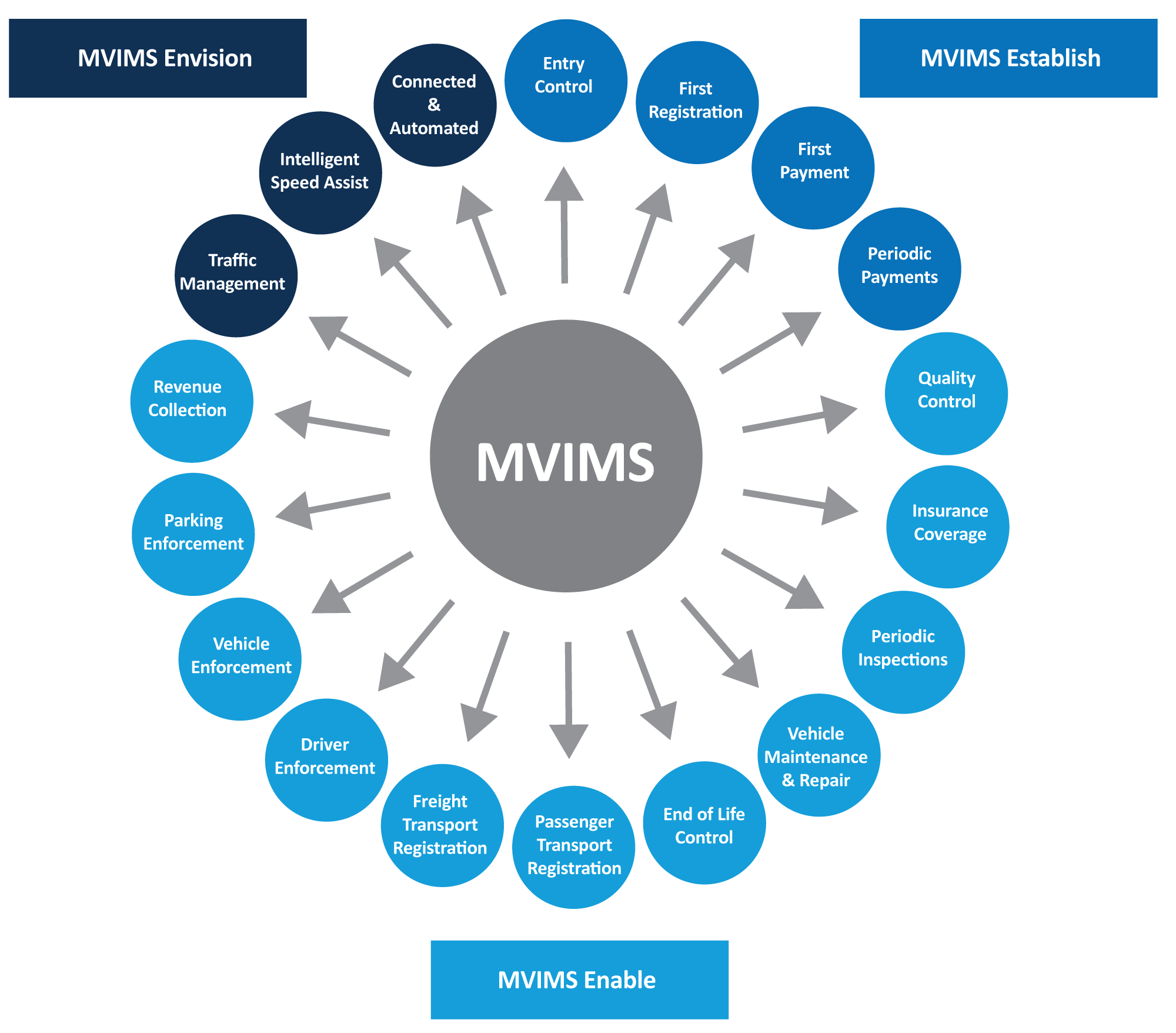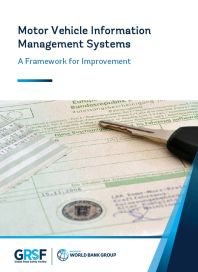
New Report Outlines How to Improve Vehicle Information Management Systems
March 31, 2025
A Motor Vehicle Information Management System (MVIMS) is a centralized system that collects and manages data on registered vehicles, ensuring they meet safety and environmental standards. It acts as the backbone of a country’s efforts to regulate its vehicle fleet. These systems ensure that vehicles meet safety and environmental regulations through inspections and compliance tracking; support better insurance markets by providing reliable vehicle data, reducing fraud and improving coverage; and enable cleaner vehicle trade by ensuring imported used vehicles meet quality standards, while facilitating enforcement overall.
However, many low- and middle-income countries lack strong MVIMS frameworks, leading to outdated, inaccurate, or fragmented vehicle records. This weakens enforcement and allows substandard vehicles to remain in circulation.
Specifically, many existing MVIMSs struggle with:
- Poor data quality – Records may be incomplete, outdated, or inconsistent.
- Lack of system integration – Separate databases for vehicle registration, insurance, and driver licenses make coordination difficult.
- Limited technological capacity – Many systems still rely on paper-based processes instead of digital platforms.
To further strengthen motor vehicle management at the country level, the World Bank has published a new report examining MVIMSs from around the world. The report provides governments with guidance on a) establishing a clear legal framework for data collection, sharing, and enforcement; b) strengthening institutional coordination to ensure various agencies—transport, environment, law enforcement—can access and use the data effectively, c) improving data coverage to track vehicles throughout their lifecycle, from importation to decommissioning; and d) upgrading technology by moving to cloud-based storage and digital records for better efficiency and security.
Diagram of MVIMS Capabilities taken from the report

With many countries shifting to electric vehicles, the need for accurate and up-to-date vehicle data has never been greater. A well-functioning MVIMS will be critical in managing this transition—tracking electric vehicle adoption, ensuring proper maintenance standards, and integrating charging infrastructure planning.
If a country doesn’t even know the number and condition of vehicles on its roads today, how can it plan for a cleaner and safer transport future? Strengthening MVIMS isn’t just about fixing today’s problems—it’s about preparing for the next generation of mobility.
Governments that invest in robust vehicle management systems today will be better positioned to improve road safety, reduce emissions, and support a modern, efficient transport network for years to come.

